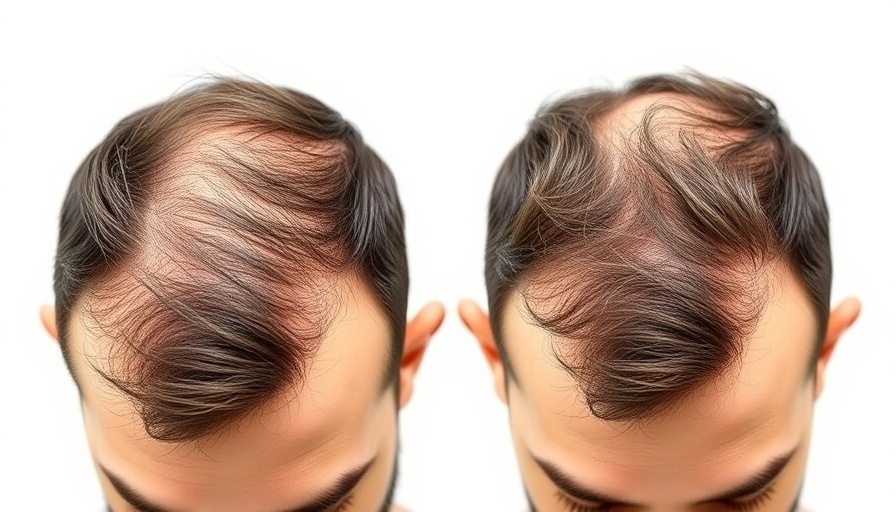
Understanding Hair Loss Treatments: Finasteride and Minoxidil
Hair loss can be a daunting challenge, not just physically but emotionally as well. Many people are on a quest for solutions that don’t involve surgery. Two of the most discussed medical options are finasteride and minoxidil. These treatments work differently, and understanding how they can help is crucial for anyone considering them.
In 'How To Regrow Your Hair WITHOUT Surgery,' the discussion dives into the science behind finasteride and minoxidil, exploring key insights that sparked deeper analysis on our end.
How Do Finasteride and Minoxidil Work?
Finasteride, taken orally, works by blocking the conversion of testosterone to dihydrotestosterone (DHT), the hormone responsible for shrinking hair follicles. This leads to an impressive reduction in hair loss and, in many cases, stimulates regrowth. On the other hand, minoxidil acts as a topical solution that stimulates hair follicles, often increasing hair thickness rather than reversing hair loss.
The Effectiveness You Can Expect
Studies indicate finasteride is generally more effective compared to minoxidil, often doubling the rate of hair density improvement. While minoxidil is more accessible and can be purchased without prescription, the results can be inconsistent. Many individuals report slower or limited improvements, particularly with the topical solutions. With finasteride, a commitment to daily usage is necessary, and results typically surface within a few months.
Side Effects Matter: Weighing Risks vs. Rewards
Side effects are a common concern with both medications. Finasteride can lead to sexual dysfunction in about 2-3% of cases—a statistic that often worries many potential users. Minoxidil's side effects usually include local irritation or unwanted facial hair growth. While these side effects can deter users, many find that the benefits outweigh the risks.
Topical vs. Oral: Which Is Better for You?
Many patients express a desire to avoid medications that need to be taken daily for effectiveness, leading them to question whether topical treatments might be a sufficient alternative. While topical minoxidil is FDA-approved for hair regrowth, its effectiveness can be variable and often requires consistent application to see any notable results. Additionally, switching to oral minoxidil may yield more consistent results, although it is commonly used off-label for this purpose.
Understanding Post-Finasteride Syndrome: What You Should Know
Post-finasteride syndrome refers to a set of persistent side effects some users claim to experience even after stopping the medication. It’s important to approach this syndrome with caution, ensuring that you are well-informed about the risks before starting any medication.
Consultation: A Step Worth Taking
Before starting any treatment, a conversation with a qualified healthcare provider can provide personalized insights. Discussing your specific concerns, expectations, and any history of mental health issues can paint a more comprehensive picture and help you make informed decisions about your treatment options.
In conclusion, both finasteride and minoxidil offer non-surgical solutions for hair restoration, each with its unique set of benefits and drawbacks. Before making a decision, weigh your options, consider side effects, and consult with a healthcare professional. Your hair deserves the best treatment—and having the right information can empower your journey to hair restoration.
If you're interested in exploring hair loss treatments, I encourage you to speak with a healthcare professional to find the right plan for you. Don’t let hair loss hold you back—consider the possibilities of regrowth today!
 Add Row
Add Row  Add
Add 






Write A Comment